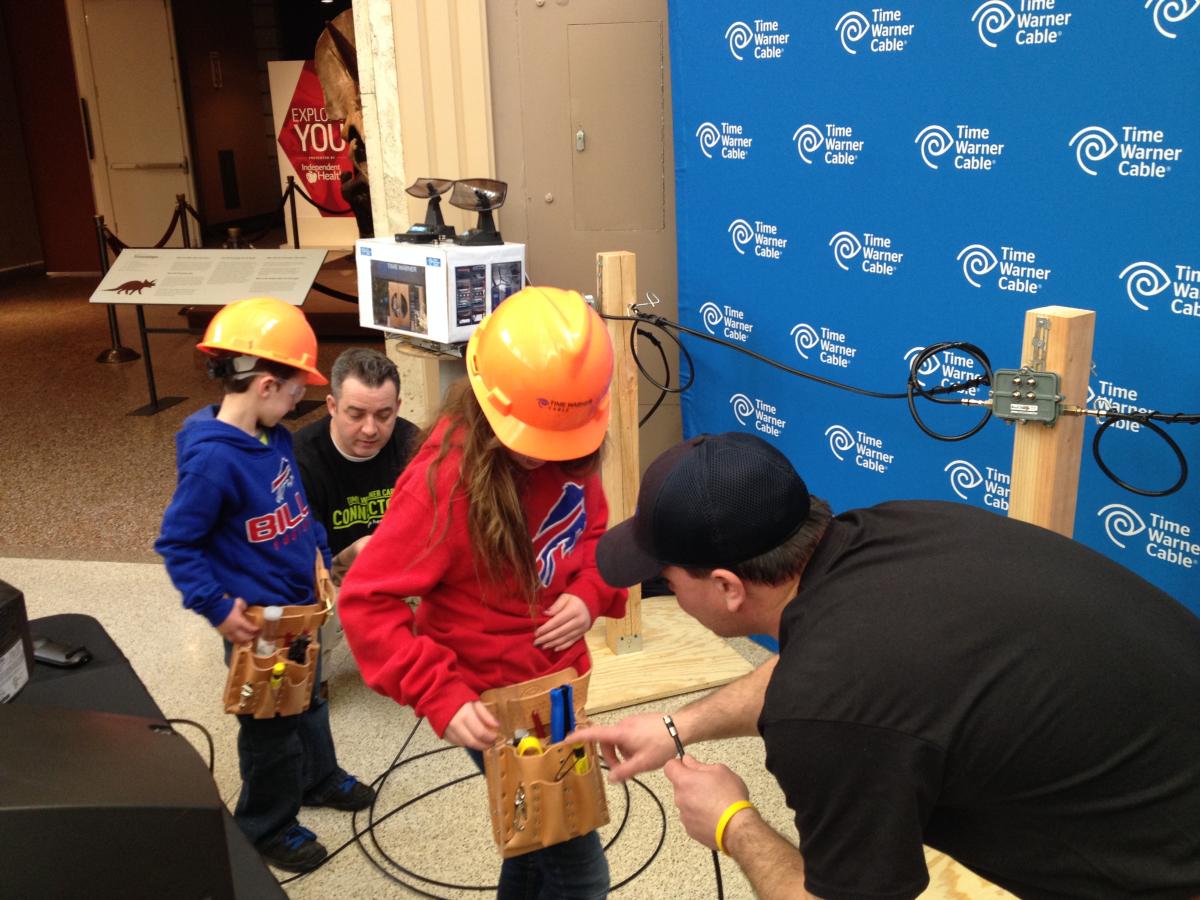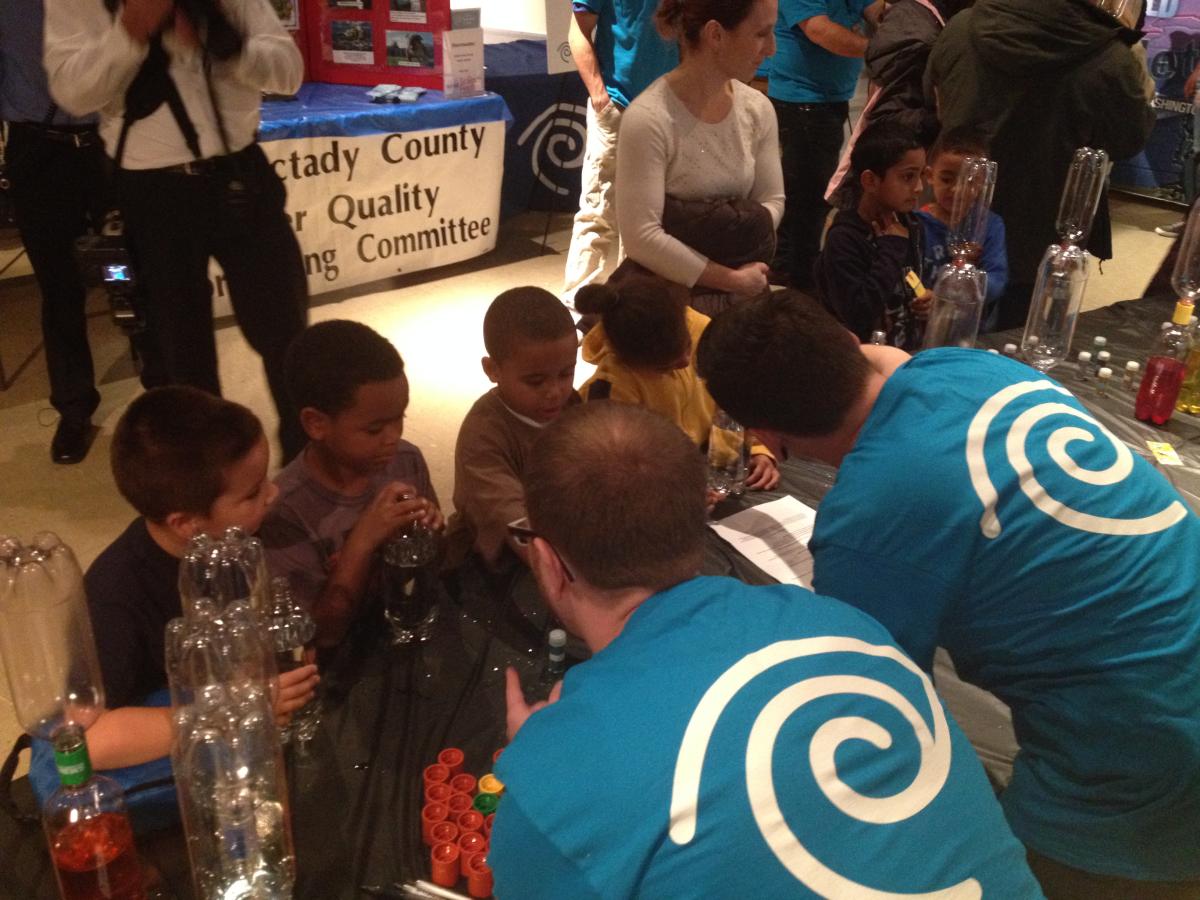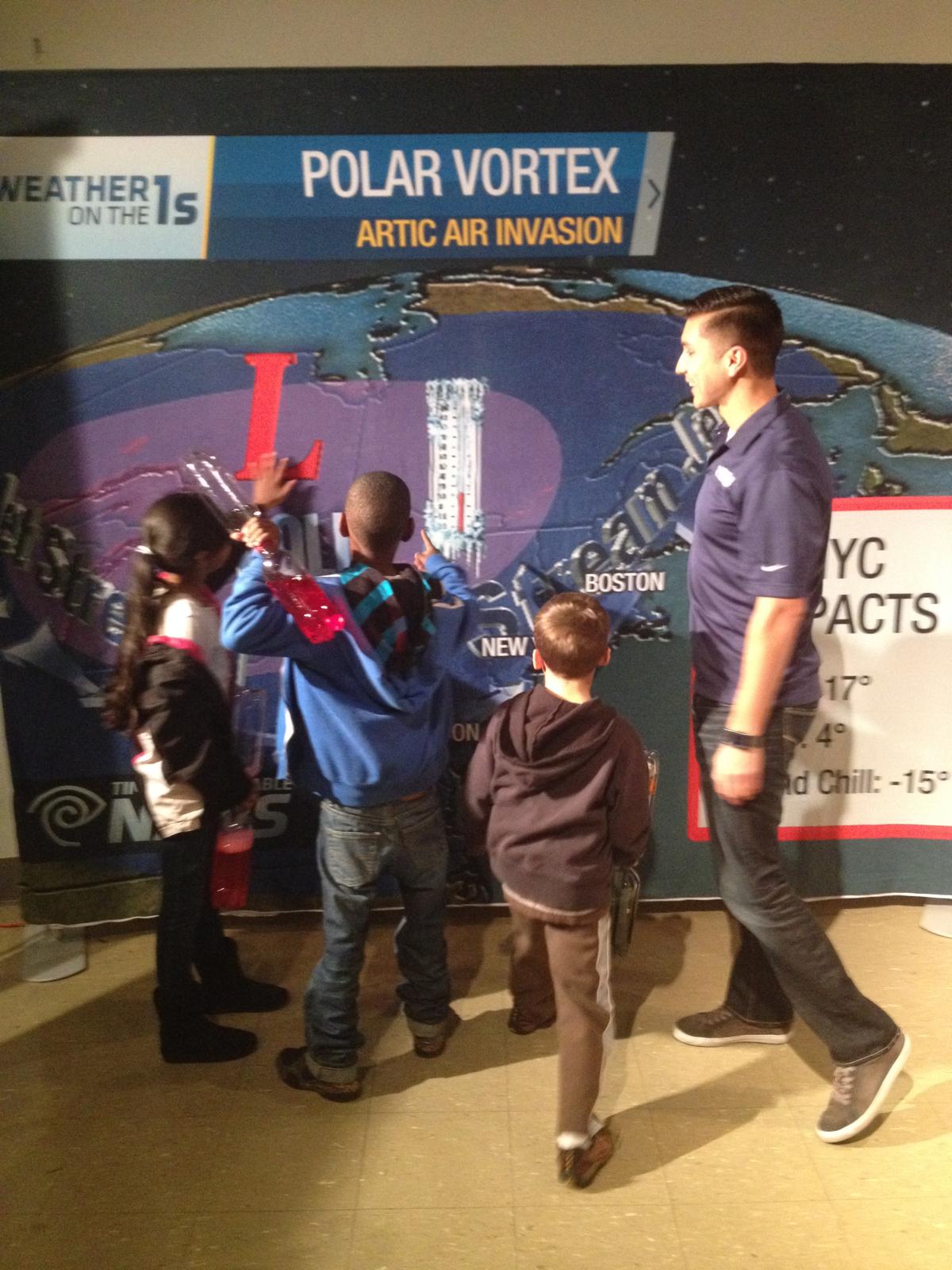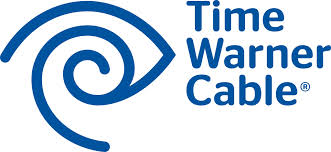Making Partnerships Work Harder and Better
Taking Disparate Partners & Analyzing for Scale
By Sara Garvey, Specialist, Community Investment
In 2013, after transitioning its functions from a regional to national model, Time Warner Cable (TWC) established a new Corporate Brand & Reputation team. As part of that department, the Community Investment team was formed to manage non-profit partnerships and engage with communities to enhance the TWC brand. With its signature initiative, Connect A Million Minds (CAMM), the company sought to partner with STEM (Science, Technology, Engineering, and Math) organizations outside of school hours. A natural fit in many markets was the local science museum, due to the considerable audience size and the many programs that museums offer to the public. One early organizational step was to identify best practices so we could scale up, despite limited geography or resources. With a significant number of museums in each market, we had to analyze efficiencies, best performers, measurement capabilities and investment assessment models. The result would be consistency leading to better visibility for TWC and stronger partnerships for our Community Investment team.
Fortunately, we already had some long-term partners with whom we could begin the analysis. I saw this as an opportunity to refresh, refocus, and revitalize some legacy partners, and so, examined twelve museum partnerships with the goal of determining best practices we could roll out across the country.
It was the time to standardize contractual elements, create new elements that delivered mutual benefits, and pitch new ideas that we knew were working well in other markets. Taking into account the variety in museum size, target audience, location, and resources, I strived to make each partnership unique and relevant to the museum at hand, while still pushing for consistency in branding, social media, and measurement.
My work started with an in-depth analysis of each of the twelve museum partners, learning the history of the relationship, the goals, and the partnership results to date. It was also a time for relationship building, since we would be asking for changes, so I visited key contacts at each museum. The site visits were vital; in some cases, they changed my viewpoint of the museum and my trajectory for the partnership.
My goals during this discovery process were:
- Refresh and rebrand any permanent exhibits currently in place
- Evaluate the programmatic sponsorship for potential expansion
- Evaluate the current programs on impact
- Remove components that no longer fit with our mission
- Share best practices between museums
Now armed with a great deal of information about each museum, both past and future, and the best practices I learned at each location, I could formulate the best partnerships possible. I streamlined our relationships so each member of our team could manage these partnerships, even from a distance, if required. I wanted the new partnerships to make a discernable impact on the museum, showcase TWC in the best possible light, but most of all make a real difference for the kids attending the museum and participating in the programs.
The hard work has paid off: we have stronger relationships with each of these partners today, and we can continue to build in the future. The greatest measure of success is that our museum partners think of TWC in a whole new way. We are no longer just a logo and a check; we are a truly inclusive partner working together to generate greater interest in STEM.
Studying philanthropic partners in this way -- with the goal of developing better practices across the board -- has had huge benefit for TWC: the ability to have greater engagement even with a smaller team, stronger measurement of results, greater consistency in branding and visibility, and a better return on investment. We are all looking for "win-win". Working more closely with your community partners, sharing best practices, and analyzing the results is the means to that end.




